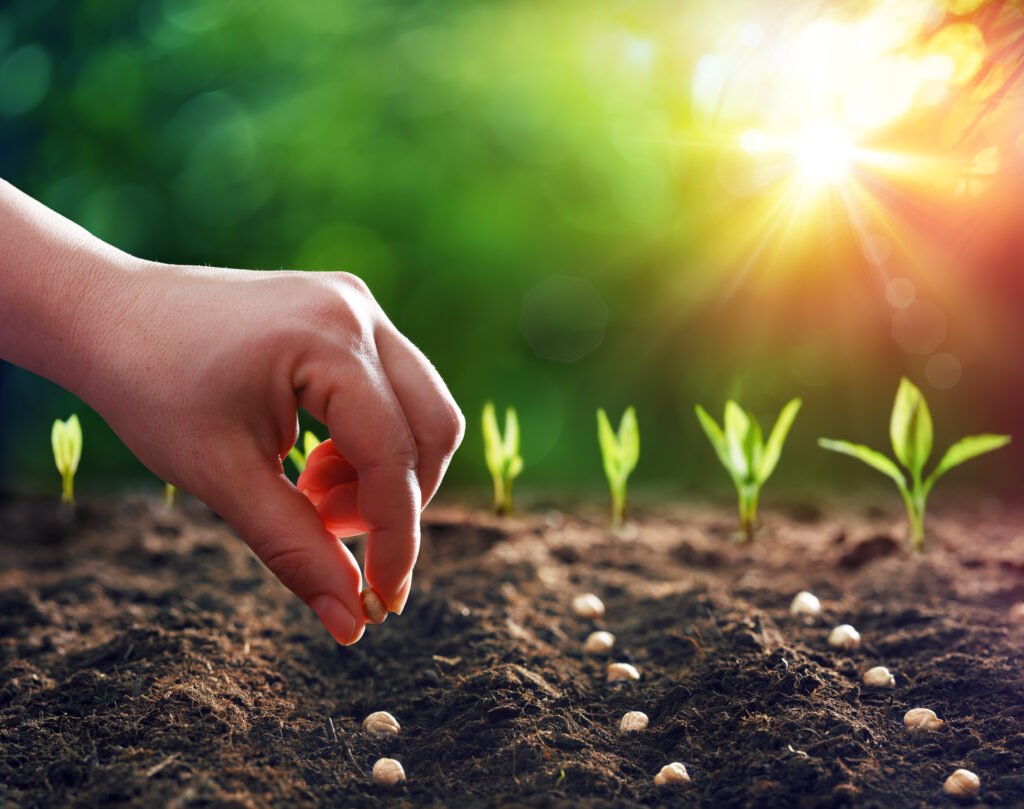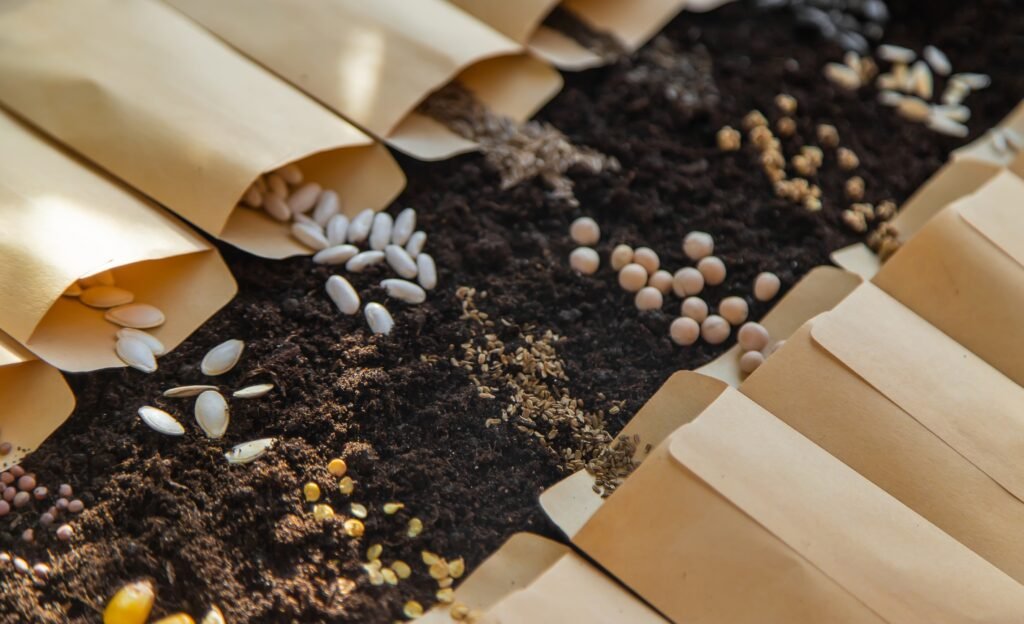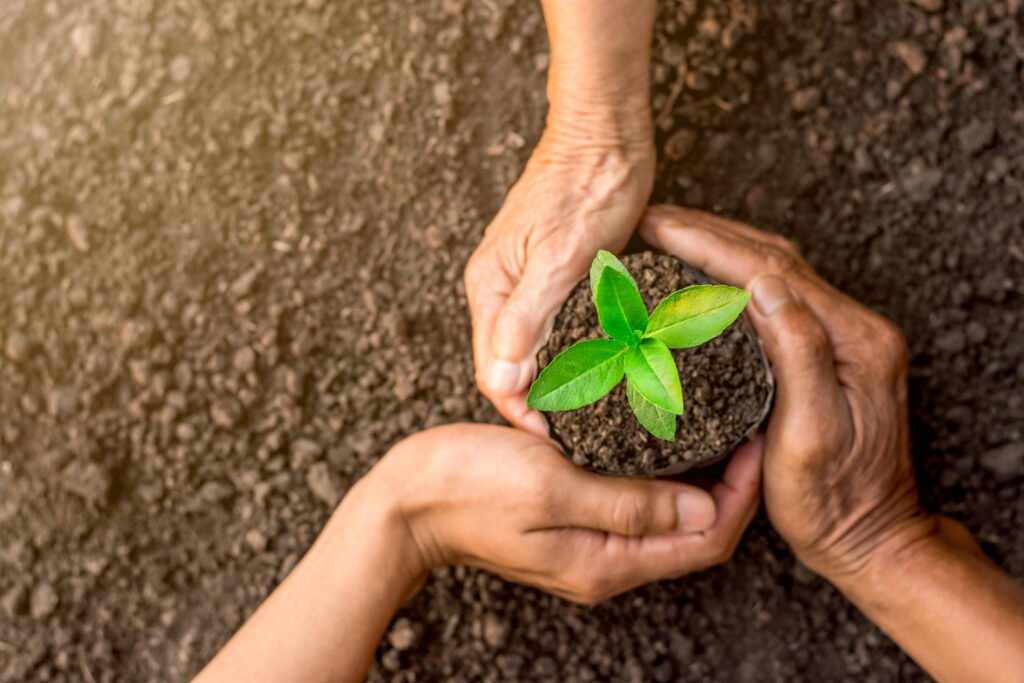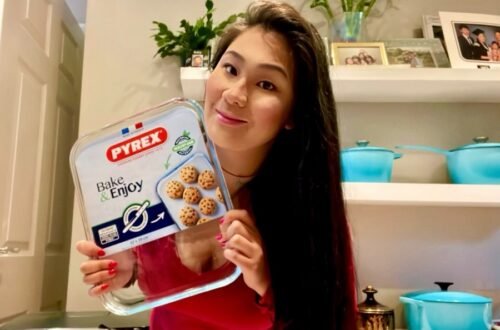How to save seeds to plant for next year

Many gardeners around the globe have been saving seeds from one year to plant the next year for a very long time. Seed saving at the end of each growing season may sound like a lot of work, but it’s extremely rewarding and can save you a lot of money. Saving vegetable seeds and fruit seeds is also an excellent way to preserve particular plant varieties that grow best in your own garden or allotment plot. By selecting plants that thrive in the garden and saving their seeds, it’ll help fruit and veg plants adapt to your local growing conditions. This in turn will reward you with an increase yield.
I personally like to save seeds, not just so I have free seeds for next year, but also because I have an interest in self-sufficiency.
How to choose seeds to save
Three steps are involved when it comes to deciding which plant’s seeds to save. The first step is to look for the most healthy and thriving plants that produce fruits or vegetables that you enjoy eating, or beautiful flowers you just love. Secondly it’s important to harvest the seeds at the right time. Lastly store the seeds properly until you need to sow them.
Saving seeds from self pollinators vs cross pollinators
Saving seeds from self-pollinating plants
Thankfully it’s very easy to save seeds from self-pollinating plants that produce delicious fruits and veggies such as:
These plants produce self-pollinating flowers, which means each flower contains both a male and female part. Hence each flower is able to fertilise themselves or through a nearby flower from the same plant. Seeds saved from self pollinating plants usually produce identical plants.
Find out :
Saving seeds from cross-pollinating plants
Unfortunately not all plants produce goods seeds. Some plants in garden centres are “hybrids”, which means they have been cross pollinated. Since hybrid plants don’t produce plants that are true to type, it’s not recommended to save their seeds. Those seeds produce seedlings that are different to the parent plant and are usually not great. Another thing to watch out for are plants that produce separate male and female flowers such as squash plants. These plants can hybridise by cross pollinating, which can affect the quality of seeds produced. Which in turn affects the flavour and shape of fruits and vegetables produced.
When to save seeds
Saving seeds from fruit, flowers, herbs and veg is generally easy. However it’s good to know the plant’s lifecycle to determine when and how the seeds can be saved. Since not all plants flower, set seed and die in a single growing season like tomatoes and peppers, we have to determine whether the plant you want to save seeds from is an annual, biennial or perennial first.
The 3 different plant life cycles
What are annual plants?
Annuals are plants that do flower, set seed and die in a single growing season. Examples of annuals include beans, marigolds, tomatoes, lettuce, peppers and basil.
What are biennial plants?
Biennial plants such as carrots, beets, onions and evening primroses don’t produce seeds in the first year. This is because these plants wont flower until the second growing season, after they’ve gone through a cold period. It’s more difficult to save seeds from these types of plants compared to annuals. It’s because biennial plants have to be kept in their optimum conditions for 2 years. If you have the patience it would be a nice challenge. However I’m not that patient, hence I buy my carrot seeds.
What are perennial plant?
Perennials are long lived plants that come back year after year. Examples of perennials include apple trees, mint, strawberries, raspberries, blueberries and herbs. These plants can be propagated from seeds, but are generally reproduced by taking cuttings or division.
When to save seeds?
Before gathering the seeds to be saved, make sure the seeds are mature. There are some signs the plant may show that the seeds are ready to be saved. These signs include faded, dry flowers or dry brown pods. mature seeds usually turn from a white to cream or light brown to dark brown colour. Seeds from these dry fruit crops such as beans, grains and lettuce can be removed from the plant once they have dried and are hard. These seeds can then be cleaned and further dried in the house on newspaper or kitchen towel.
Many flowers produce seeds that scatter easily. When you see the seeds forming, let the seeds dry on the plant as long as possible before shaking the plant over some paper to collect the seeds. Once the seeds have been collected, spread them out on a newspaper and let them dry indoors.
When collecting seeds from wet fruits such as melons, tomatoes and cucumber, let the fruit fully mature on the plant first. When we pick the fruits or veg off the plant to eat, the seeds are still immature. Once the mature fruit has been harvested, it needs to be crushed or cut open in order to extract the seeds from the pulp and flesh. Once the seeds have been extracted, the seeds need to be washed and left to dry on paper towels or newspaper.
How to store saved seeds?

It’s very important to keep the seeds in a cool, dark and dry place. Good places to keep the seeds are dark closets in a cool part of the house or a cool basement if your home has one. If they are not kept dry, the seeds can become mouldy and spoil them. The best way to keep seeds dry is to store them in glass jars, paper envelopes or plastic containers with desiccant packs. When storing seeds in envelopes, place the envelopes containing the seeds in a tin box or plastic box to prevent any pests such as mice getting to them. Also don’t forget to label everything so you know what seeds they are and when you’ve harvested them.
Keep the seeds away from moisture and heat, as this could affect their ability to germinate. If the seeds have been kept in a dry, dark and cool place, they generally last a year to two in storage. If you’d like the seeds to last for several years, keep the seeds sealed in an airtight container in a fridge or freezer.
Spread the love of plants by swapping seeds

Why not swap seeds or seedlings with your fellow gardeners? Before buying any seeds, why not have a look whether there are any local seed swaps or plant swaps? Have a look at your local allotments or facebook groups for people that may be interested to swap and share seeds or plants.
On the Isle of Wight we have lovely facebook group called Green Island Veg Economy (IOW). Through the group we share seeds and plants within the community. I highly recommend this group if you are growing fruits and veg on the island. I’ve been sharing baby strawberry plants and fox gloves on there. This year I’ve picked up some lovely cosmos seedlings, some tomato and courgette plants and a cucumber seedling from people in the group that had too many seedlings.
Happy planting & growing !






